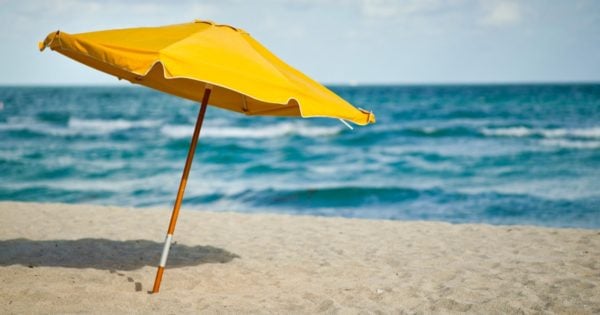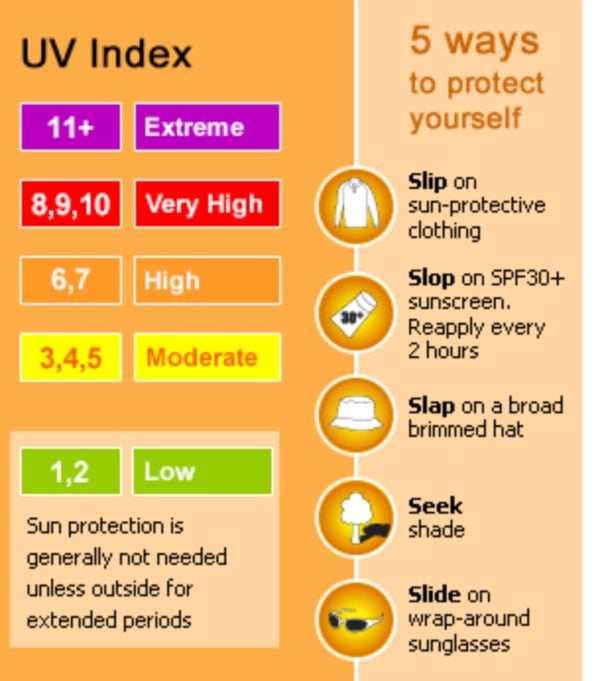It’s never been easier to check the weather. No longer do you have to wait for the hourly weather reports – just whip out your phone, click on the weather app and you have all the info you need.
But if the temperature (or the chance of rain) is the only thing you look at, you need to rethink your approach – particularly when it’s the crazy hot weather most of the states have been experiencing this week.
UV radiation levels in Queensland are expected to reach as high as 17 this week, ranked “extreme”. People are generally warned to stay out of the sun at level three.





